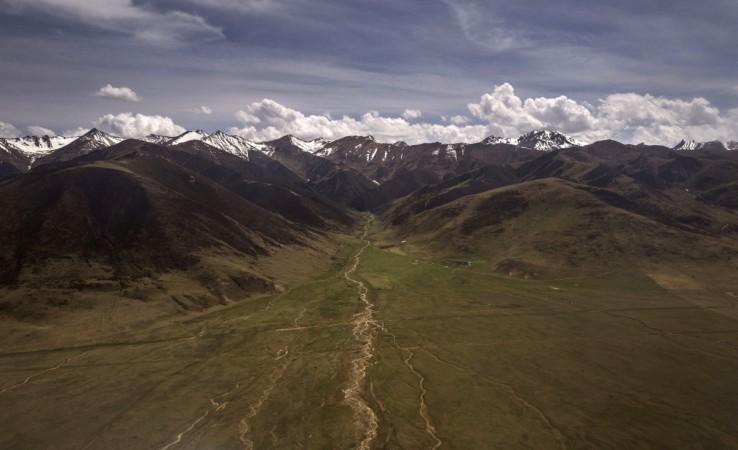
China is building the world's largest rainmaker, also called cloud seeding network, in the Tibetan plateau to chemically induce and in essence, manufacture rain by burning chemicals in the ground. The idea is to eventually get up to 10 billions tons of rainfall whenever needed.
The rainmakers under construction have been designed and developed by China's Aerospace Science and Technology Corporation, reports Popular Mechanics. These sites, hundreds of which have already been built, are furnaces that will release silver iodide into the air by burning the right mix of chemicals. Silver iodide makes water vapor condense, creating clouds that will then trigger rain.
These rainmaker furnaces were first developed for the Chinese military as part of a program that wanted to use weather modification for defense purposes, notes the report. The effect of releasing chemicals is almost instant, says an unnamed researcher, "like standing on the stage of a magic show." Even a gentle breeze is reportedly enough to take the silver iodide particles up to 1,000 meters into the sky.
This network of rainmakers are designed to seed 1.6 million square kilometers with rain and snow, which is about an area that is three times the size of Spain, notes the report. The Tibetan plateau that has been chosen for this project because it is a source of many of the major rivers in China and Southeast Asia like the Yellow, Yangtze, Mekong and other rivers that plow through China and Asia. That means one of the most densely populated regions in the world will be covered by this initiative.
While this seems like a plan that might work, it is not without its drawbacks. One of the points raised by the report is health and safety. Releasing silver iodide from ground level into the atmosphere could affect the health of plants, animals, and people who live in the Tibetan plateau. Also, rainmaker furnaces do not create new rain, they just cause water already in the atmosphere to condense and induce rain over that particular spot. What this means is that the system effectively robs moisture from the air.
"If you're making it rain where it wouldn't otherwise, you're taking water out of the air that would have rained elsewhere," said Adam Sobel, an atmospheric scientist at Columbia University's engineering school.

















